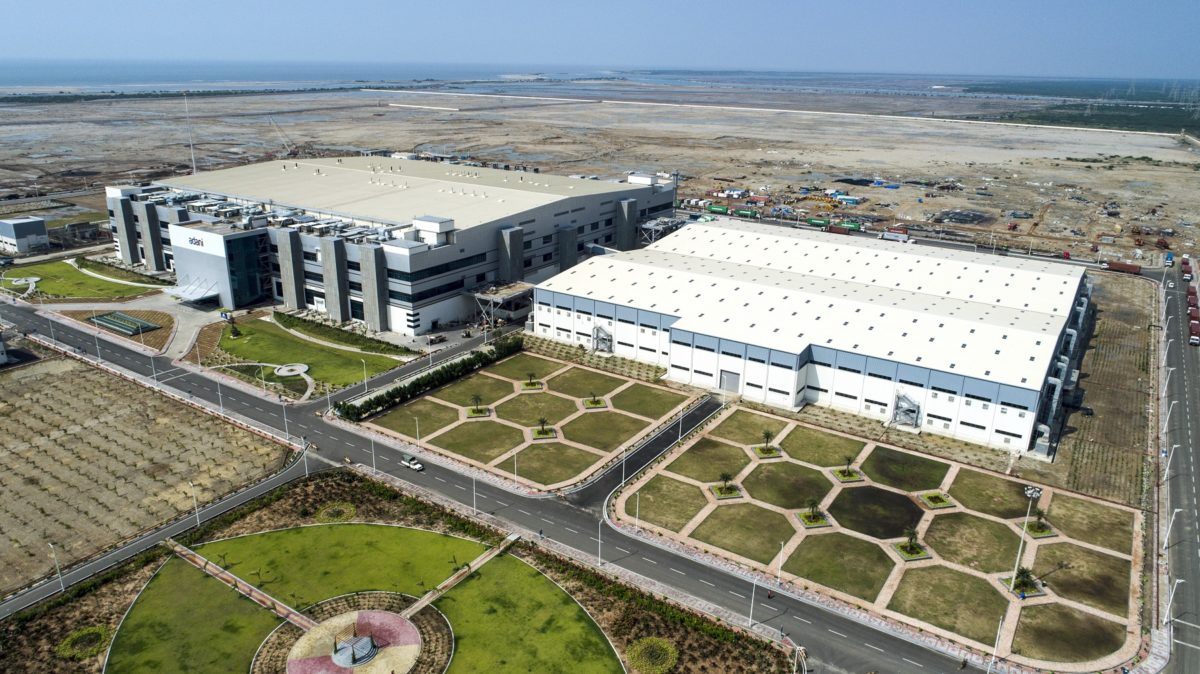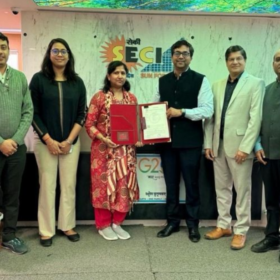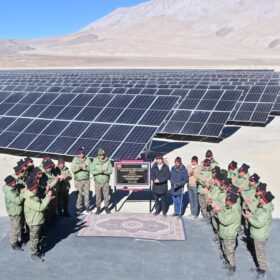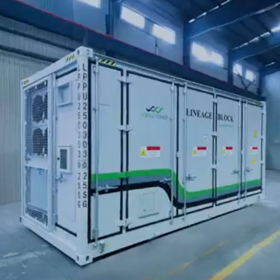This recent announcement by Mr RK Singh, India’s Minister of New & Renewable Energy, has once again stoked debate about the need for domestic solar manufacturing. Will the new proposal prove a boon for the local manufacturers and boost India’s current negligible energy storage manufacturing capacity? Or, is it still too early to calibrate the consequences of the 50% clause?
Shekhar Dutt, Director General, Solar Power Developers Association (SPDA), told pv magazine, “Manufacturing and setting up power plants are two separate businesses, requiring different skill sets, location preferences, different revenue projections and financing requirements. Solar projects are being developed under a proven policy of National Solar Mission, government-backed PPAs of a fixed tariff and 25- year tenure. However, domestic solar manufacturing could not attract investments in past 5-6 years despite the huge demand within India. In our view, MNRE has identified that gap and therefore formulated a dedicated manufacturing scheme to ramp-up the capacities from polysilicon to modules, backed by required financial support in terms of capital and production subsidies.”
Investments in manufacturing should be incentivised with confirmed PPAs rather than obligations on developers to set-up manufacturing facilities, Dutt added.
Pranav Mehta, Chairman, National Solar Energy Federation of India (NSEFI) and Chairman Elect, Global Solar Council (GSC) is waiting for the Government to clarify further details about the 50% clause. “Logically, one can say that it means at least 50% of the equipment must be manufactured domestically,” adds Mehta who dubs the newly announced proposal a “better policy than the protectionist measures like Safeguard Duty or Anti-Dumping Duty”.
Reacting to the Minister’s proclamation that India will soon become one of the world’s biggest markets for storage, Mehta said that GSC lays great emphasis on large-scale application of storage. He reiterated the storage will play a critical role in solar growth and grid stability and making storage affordable is imperative.
With $42 billion invested in the sector in the last 4 years, India stands 3rd in the Renewable Energy Country Attractiveness Index (RECAI) behind China and the United States. With falling solar and wind tariffs, India is inching its way into the list of the top 3 countries making investments in the renewable energy sector. Will the new 50% manufacturing component push India up the RECAI? Says Kushagra Nandan,Co-Founder & President, SunSource Energy, “If truly required to develop solar manufacturing every time developers needed to develop power capacity, it would force many developers to go outside their mandates of building renewable power plants, and perhaps attract new entrants. Outcomes will depend on the contours of future bids”.
Viren Chokshi of Australian Premium Solar India lauds the government’s efforts of ‘aggressively’ promoting domestic PV manufacturing via its ‘Make in India’ programme as a long-term strategy. “All the signs are clear that the Indian government means business for domestic manufacturing,” Choksi adds. However, he throws in a word of caution about a flurry of new targets, specially the 2022 renewables target of 227 GW. “Of late, MNRE has been under persistent pressure over a series of issues including tender slowdown, GST, customs duties and safeguard duties and these new announcements might just be ways to deflect attention from the nagging issues and shore up confidence and raise optimism in the sector”, added Choksi.
This content is protected by copyright and may not be reused. If you want to cooperate with us and would like to reuse some of our content, please contact: editors@pv-magazine.com.








Necessity is the mother of invention. This is a step to boost Make in India and reduce imports or dependency on Chinese products. Jai Hind